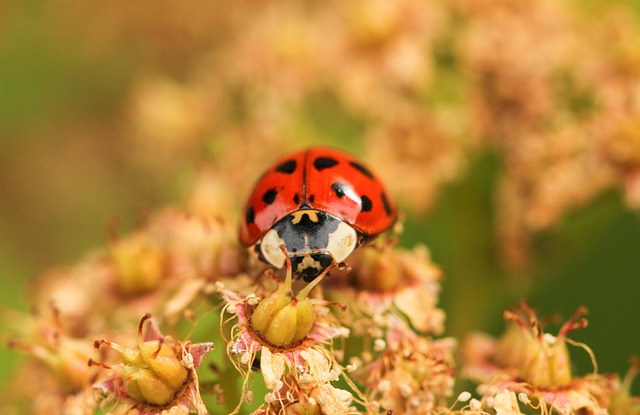The world around us is constantly changing, influenced by a myriad of factors—some natural and others stemming from human activity. As we delve into the complexities of our environment, two pressing issues deserve our attention: invasive species and climate change. Each poses a formidable threat to the delicate balance of ecosystems, and together, they create a worrying scenario that we can no longer afford to ignore.
Invasive species are organisms that are not native to a specific environment and tend to spread rapidly, often causing harm to local ecosystems, economies, or human health. They can outcompete native species for resources, disrupt food chains, and lead to the decline or extinction of indigenous flora and fauna. Their presence undermines the very fabric of our biodiversity—a resource that is critical for ecosystem resilience, agriculture, and even medical advancements.
As the climate continues to warm, it alters the habitats and conditions necessary for species survival. Rising temperatures, changing precipitation patterns, and extreme weather events—each symptomatic of climate change—encourage invasive species to thrive. Warmer climates can facilitate the spread of these unwanted organisms beyond their original ranges, placing new pressures on already vulnerable native species. For instance, species such as the lionfish or the emerald ash borer have taken advantage of climatic shifts, leading to devastating consequences for local communities and economies.
Imagine walking through a once-thriving forest, its canopy alive with the sounds of chirping birds and rustling leaves. Now, envision that same forest, altered by invasive species that have infiltrated its depths. The rich tapestry of native plants is replaced by foreign species, choking out the life that once flourished there. This feeling of loss and displacement resonates deeply when we confront the realities of environmental degradation.
Moreover, the intricate relationship between invasive species and climate change underscores the importance of proactive measures. As we see shifts in our climate, the introduction and spread of invasive species become more pronounced, launching us into a vicious cycle. A coordinated approach to address both issues—initiating conservation efforts, restoring native habitats, and controlling invasive populations—will enable us to build resilience against the impending threats our natural world faces.
While the challenges ahead may seem daunting, understanding the relationship between invasive species and climate change empowers us to take action. It urges us to engage in meaningful discussions about preserving our ecosystems and advocates for policy changes that can directly address these environmental challenges. After all, the health of our planet hinges upon our capacity to confront the threats it faces and act decisively while there is still time.




